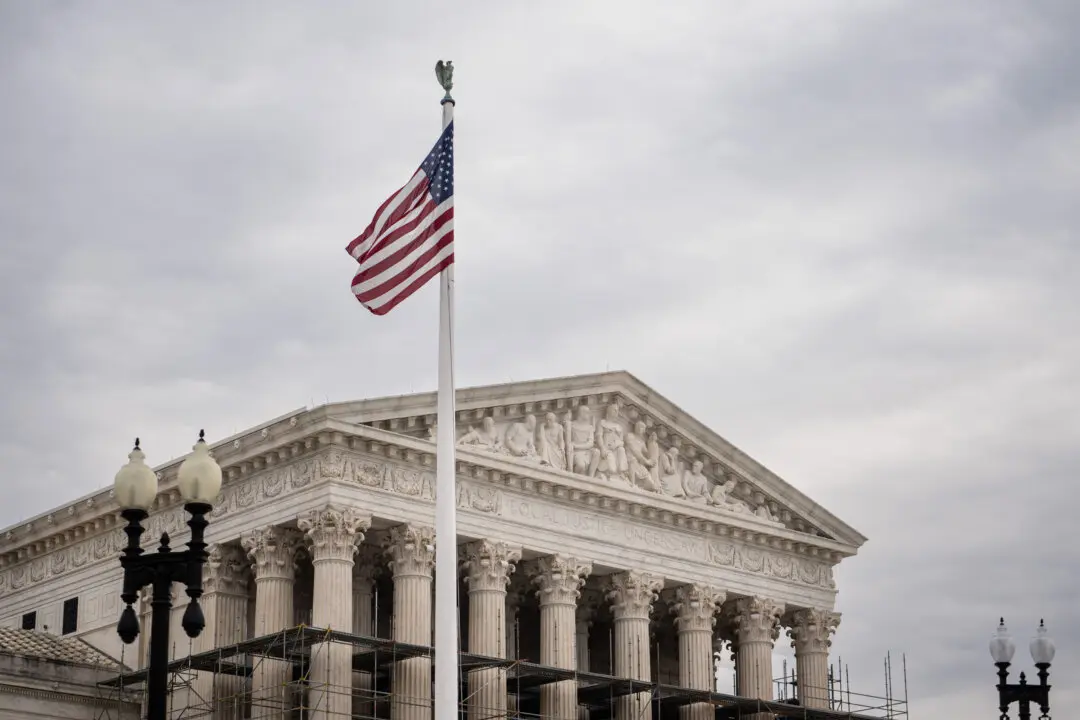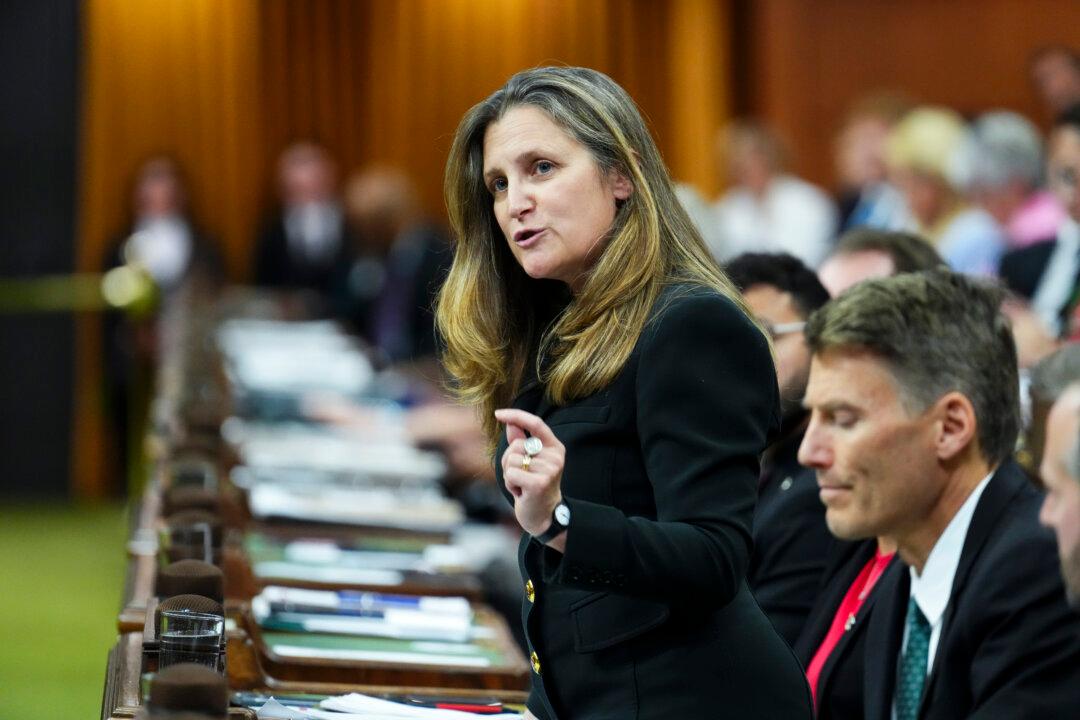The Liberal government’s plan to tighten firearms legislation by putting a freeze on handguns is backed by limited data on the potential impact this measure will have on reducing crime, the Commons public safety committee heard on Oct. 4.
“I can’t tell you exactly what impact it will have,” Assistant Deputy Minister of Public Safety Talal Dakalbab told the committee.





